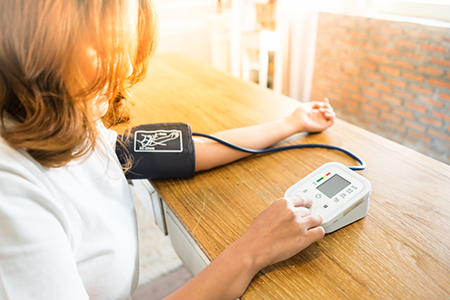Managing High Blood Pressure

1 in 3 adults in the United States has high blood pressure. Regular check-ups with your primary care provider can help to identify and manage high blood pressure, which will help to reduce your risk of serious health complications.

What is High Blood Pressure?
Blood pressure is the force of blood pushing against blood vessel walls.
High blood pressure, also called hypertension, means the pressure in your arteries is higher than it should be and could cause serious health issues like a heart attack or stroke.

Complications of High Blood Pressure
Hypertension is often referred to as “the silent killer” because it does not always cause symptoms. If left untreated, high blood pressure can cause heart disease, including:
- Heart Attack
- Congestive Heart Failure
- Atherosclerosis (hardening of the arteries)
High blood pressure can also cause a variety of other health issues including:
- Stroke
- Heart arrhythmias
- Angina (chest pain)
- Kidney damage
- Vision loss
- Erectile dysfunction
- Memory loss
- Fluid in the lungs

Reading a Blood Pressure Chart
Blood pressure measurements are comprised of two numbers, the systolic number (top number) and the diastolic number (bottom number), written as a ratio. Systolic blood pressure (the top number) indicates how much pressure your blood is exerting against your artery walls when the heart beats.
Diastolic blood pressure (the bottom number) indicates how much pressure your blood is exerting against your artery walls while the heart is resting between beats.
For optimal health, the American Heart Association recommends adults to maintain a blood pressure of less than 120/80 mm Hg. Starting at age 20, have a blood pressure screening at your regular healthcare visit or once every 2 years if your blood pressure is less than 120/80 mm Hg.
It is normal for blood pressure to change when you sleep, wake up, or are excited or nervous. When you are active, it is normal for your blood pressure to increase. However, once the activity stops, your blood pressure should return to your normal baseline range.

Ways to Manage Your High Blood Pressure
High blood pressure can be treated by medication and lifestyle changes.
Focusing on what you can do to better manage your blood pressure will help you be in control and can limit your need for medication.
- Achieve and maintain a healthy weight.
- Eat a healthy diet low in saturated fat, trans fat, sodium (salt), and added sugars.
- Make a plan to be more physically active. Aim for at least 40 minutes of moderate-intensity physical activity 3 to 4 times per week.
- If prescribed medications, understand your prescriptions and take as directed.

Questions to Ask Your Provider
- What is my blood pressure?
- What should my blood pressure be?
- What can I do to improve this?
- What treatments are you recommending?
- Are there restrictions I need to follow?
- Is there a generic alternative to the medication you are prescribing?

Download the Free Resource
Access a printer-friendly version of the resource to reference later.